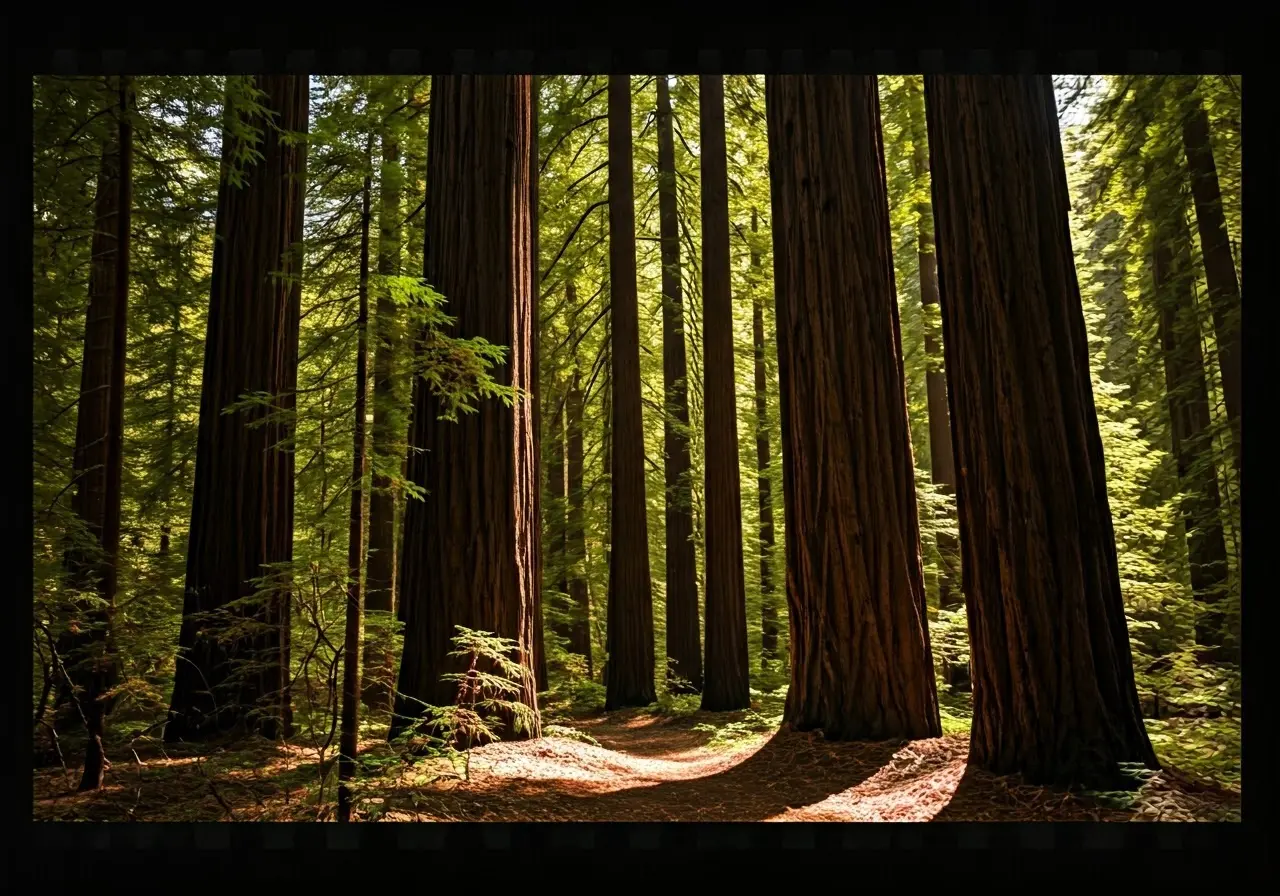Redwood lumber is a sought-after material known for its beauty and durability but understanding its pricing can be complex. Whether you’re planning to use redwood for a deck, fence, or other project, knowing what influences its cost is crucial. In this FAQ guide, we’ll uncover the factors affecting redwood lumber prices and how you can plan your budget effectively.
Understanding Redwood Lumber Grades
It’s important to know that not all redwood is the same. If you’re planning a redwood fence, deck, or trellis, the final quality can vary greatly depending on the type of redwood used.
Perhaps the most important distinction lies between heartwood redwood and sapwood redwood. Heartwood redwood, traditionally sold in lumber yards, has earned a stellar reputation among builders for its durability in both interior and exterior applications. However, many big box stores and competitors now sell sapwood. Easily recognizable by its white color, sapwood is significantly less durable. It can rot or become infested with pests in as little as five or six months, particularly in wet climates or when in contact with soil.
When buying redwood lumber, it’s crucial to ask for all heart redwood. Many homeowners who simply request a “redwood fence” from their contractor end up with a cheap, lower-quality sapwood product. At The Lumber Baron, we ensure you receive only the best by offering all heart redwood in five different grades. We stand behind our products and refuse to sell anything less.
With large differences in both the appearance and quality of redwood grades comes large differences in price. Expect to pay about 2x more for construction heart redwood when compared to sapwood redwood. clear all heart redwood compared to construction heart redwood. Having specialized in redwood lumber for over 47 years, The Lumber Baron is dedicated to providing high-quality redwood products to fit any budget.
Understanding Redwood Lumber Sizing
While a 1⁄2” difference may seem minor, it significantly impacts the quality of a fence board. Unlike the lower-grade (sapwood) redwood fence boards at big box stores and many competitors that are thinner and narrower, our all heart redwood fence boards are built to last, measuring a full ¾”+ thick and either 5 ¾” or 7 ¾” wide.
The flimsier the lumber, the more susceptible it is to warping, splitting, and cupping, which will negatively affect your fence’s appearance and lifespan. In many cases, considering that competitors’ boards are often milled at 5⁄8” thick x 5 1⁄4” or 7 1⁄4” wide (requiring more boards to cover the same area), our boards end up being more cost-effective.
Understanding Redwood Lumber Demand
Market demand plays a significant role in determining the price of redwood lumber. High demand for redwood decking or fence boards, particularly during peak construction seasons, can drive prices up. Redwood’s natural beauty and durability make it a preferred choice for both indoor and outdoor projects. Trends in building and landscaping can further stimulate demand as homeowners, designers and architects incorporate these trends.
The rise of eco-friendly construction has also affected redwood lumber prices. Sustainable building practices often favor natural materials, boosting demand. As more people choose to build green, redwood’s renewable characteristics make it an appealing choice.
Tariffs have been a hot topic in the news recently and can absolutely play a factor in the price of redwood. Tariffs on imported lumber, such as cedar and IPE, increase the price on these materials and make redwood a more attractive and price conscious alternative.
For those planning projects like redwood decking, understanding these demand cycles can be helpful in estimating costs. You might find it beneficial to purchase in slower winter months to secure better pricing and availability. Purchasing your material in front of future tariffs would also be a good idea.
At The Lumber Baron, we closely monitor pricing trends and availability. We shop prices across major redwood mills and pass the savings on to our customers. With a large inventory exceeding a million board feet, we can navigate “peak” pricing surges effectively.
Supplier Differences in Pricing
Different suppliers might offer varying prices for similar products such as redwood beams or redwood decking boards. It’s important to compare options and understand what each supplier includes in their pricing. Factors such as quality, nominal sizes, grades, and even customer service levels can significantly influence your overall satisfaction and total costs.
Moreover, some suppliers might offer additional services like custom milling or board selection. These value-added services could mean a higher upfront cost but might save you effort and expense in the long run.
When selecting a supplier, it may be worthwhile to check reviews and testimonials. Customer experiences can give insights beyond listed prices, highlighting aspects like material quality and timeliness of delivery.
Navigating Redwood Lumber Markets with Insight
Understanding the factors that impact redwood lumber prices can empower you to make informed purchasing decisions and effectively plan your budget. By considering the different redwood grades, market demand, and potential supplier variations, you can navigate the market wisely. Keep these insights in mind to manage your project costs efficiently and achieve the best value for your investment. For more detailed information about our products and pricing, visit our website.


